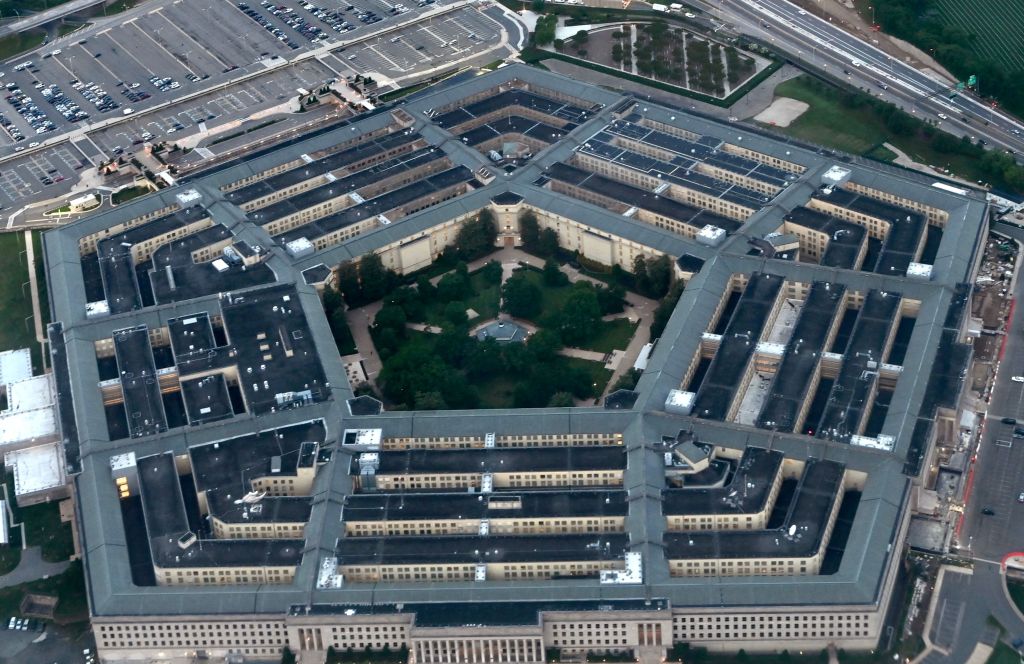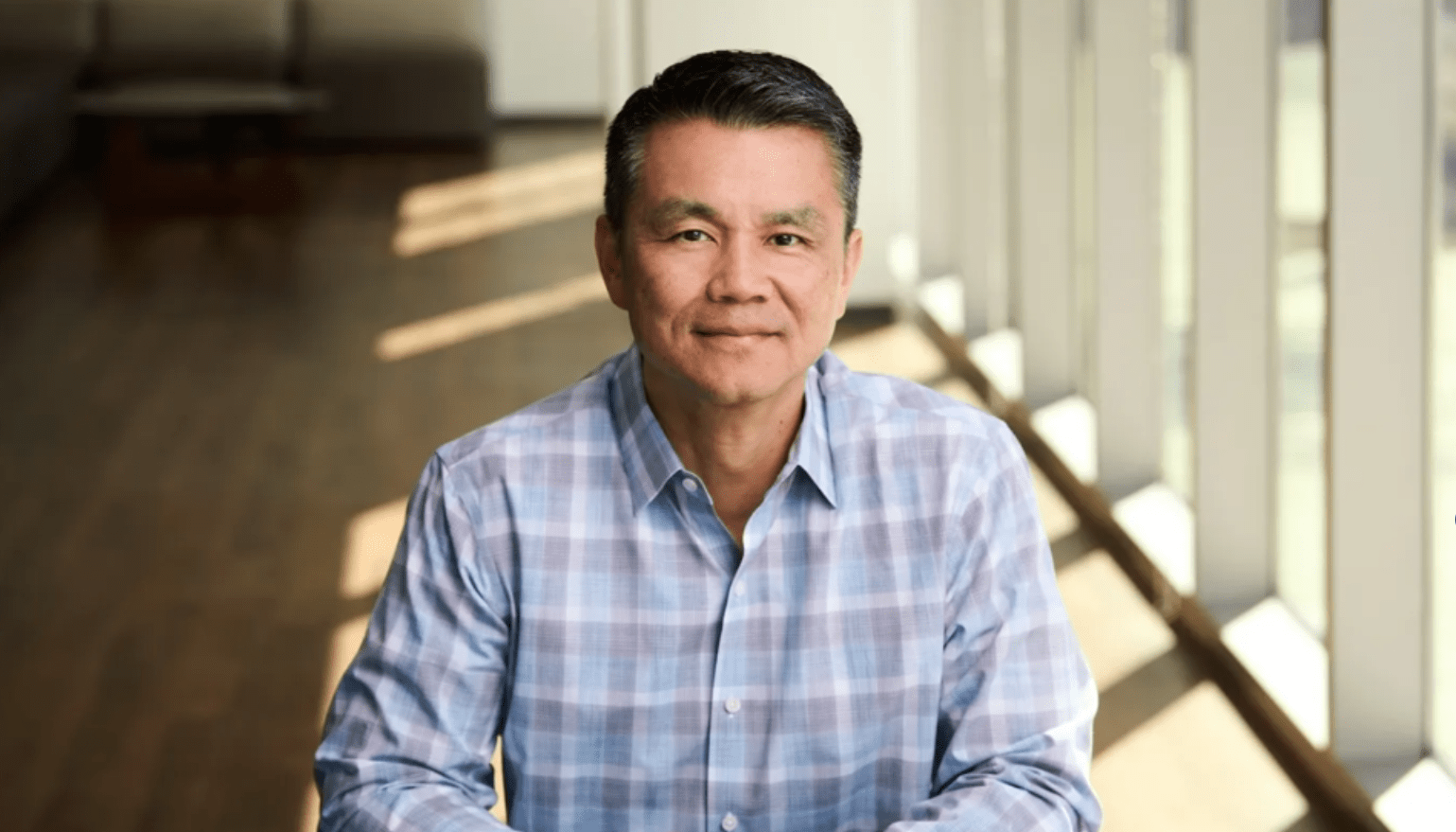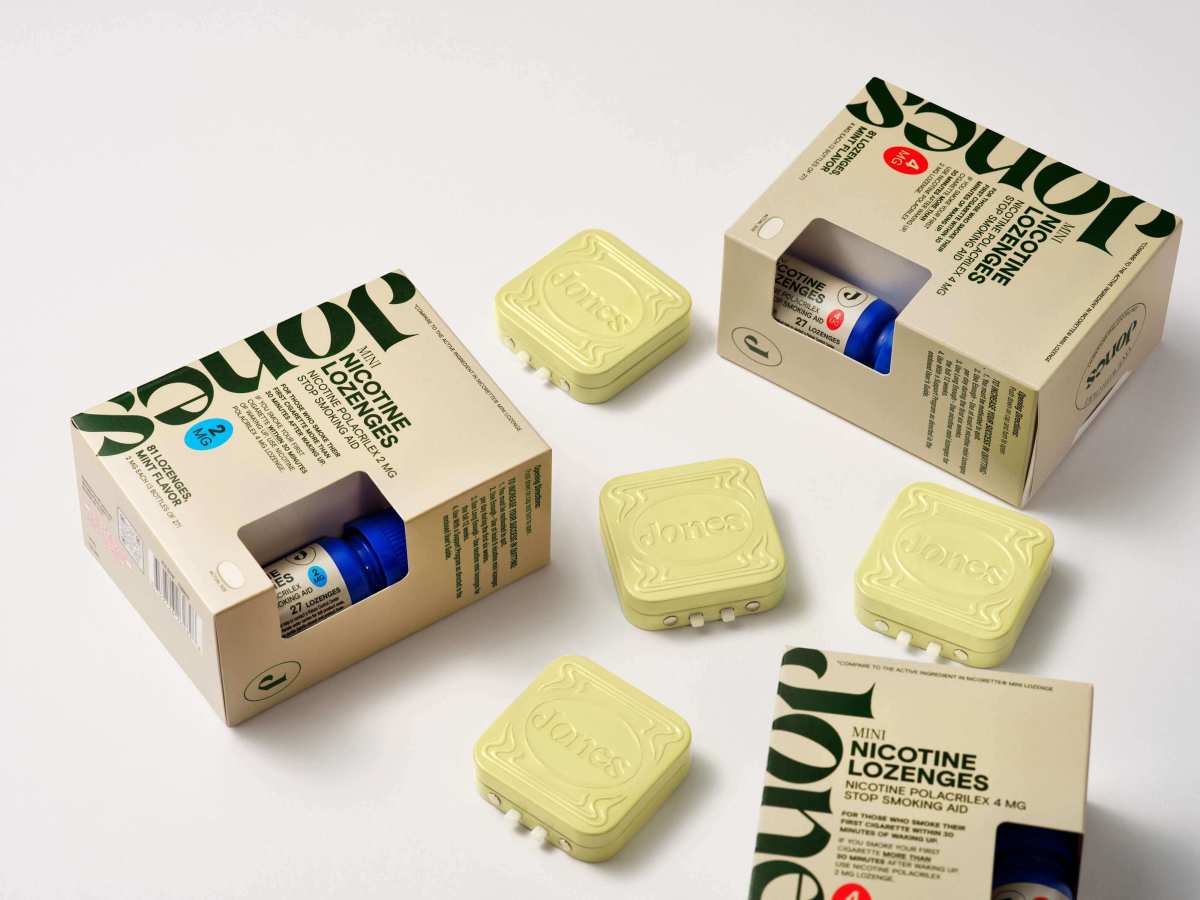A fake, apparently AI-generated image of an explosion outside the Pentagon in Arlington, Virginia, briefly went viral Monday morning, though the Department of Defense confirmed the image was fake—as government officials continue to warn about the dangers of AI-generated misinformation.

Key Takeaways
- The image, which circulated on fringe Twitter pages just after 10 a.m. Monday morning, showed an explosion on a grass lawn outside the Pentagon (the original post has since been removed).
- A Department of Defense spokesperson confirmed to Forbes the image, which dominated Google searches and Twitter, is a piece of “misinformation,” while the Arlington Fire and EMS Department tweeted: “There is NO explosion or incident” or “immediate danger or hazards to the public.”
- The source of the image has not been determined, though it comes as remarkably lifelike AI-generated “deepfakes” make a splash online, including a series on Pope Francis wearing a Balenciaga coat, as well as AI-generated renderings of famous artwork like Johannes Vermeer’s “Girl with a Pearl Earring,” and realistic viral images of former President Donald Trump resisting authorities during a fake arrest.
Chief Critic
The rise of artificial intelligence has prompted a wide range of warnings from government officials and several major U.S. companies, over the threats of AI if left unchecked. The Biden Administration earlier this month unveiled a $140 million plan to create seven national research institutes to evaluate AI technology and drive responsible innovation, noting potential “cybersecurity, biosecurity and safety” risks that could come with the technology.
A group of industry leaders, including Twitter CEO Elon Musk and Apple co-founder Steve Wozniak, also urged AI labs to hit the brakes on its development, warning they’re embarking on an “out of control race” to create increasingly advanced technology, while Geoffrey Hinton, nicknamed the “Godfather of AI” warned that the technology could be exploited by “bad actors.”
Key Background
AI-generated deepfakes have spread like wildfire on social media since the release of a series of highly-powerful AI technologies, including OpenAI’s impressive ChatGPT, with the humanlike technologies writing poetry and college-level essays and tricking researchers into believing AI-generated science papers were real.
Following ChatGPT’s release last November, multiple major public school systems have banned the technology over concerns students could use the technology to cheat on essays and homework, while major companies have also started cracking down on its use over concerns that employees could leak sensitive internal information. (In a reversal of its decision last week, the New York City public school system decided to allow students to use the platform.)
This story was first published on forbes.com and all figures are in USD.
Forbes Australia issue no.4 is out now. Tap here to secure your copy or become a member here.
Look back on the week that was with hand-picked articles from Australia and around the world. Sign up to the Forbes Australia newsletter here.


